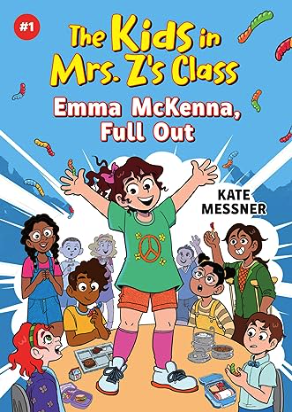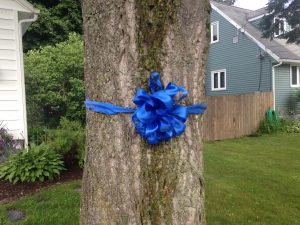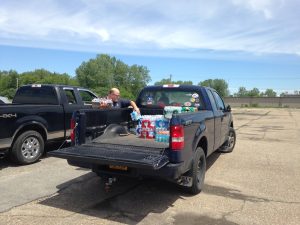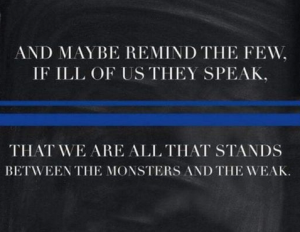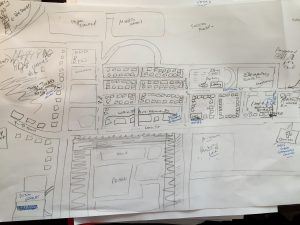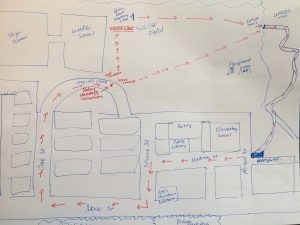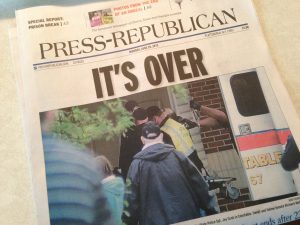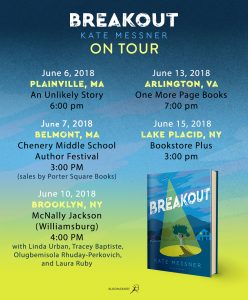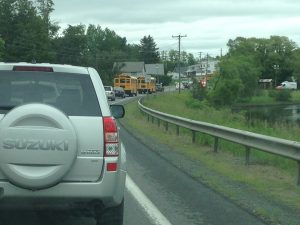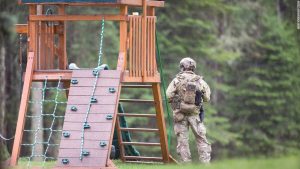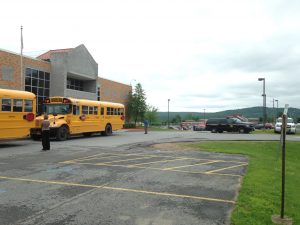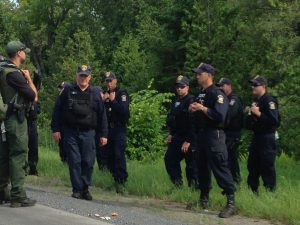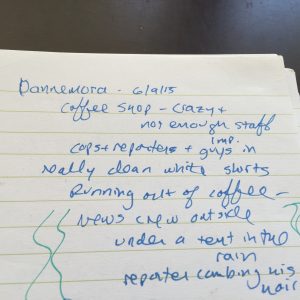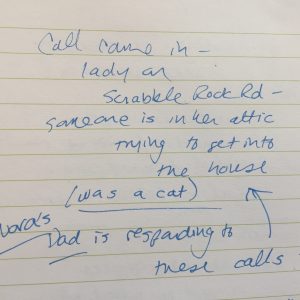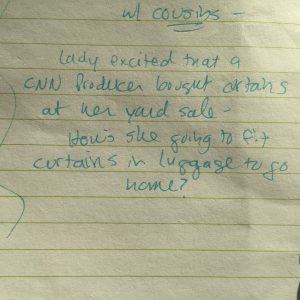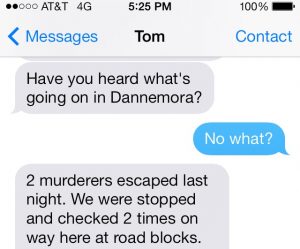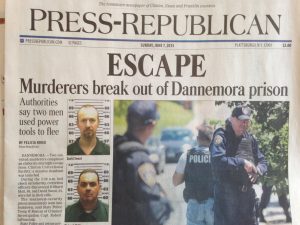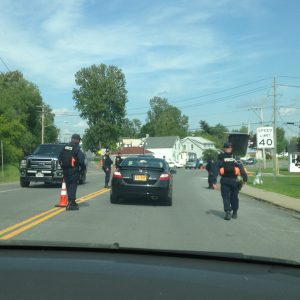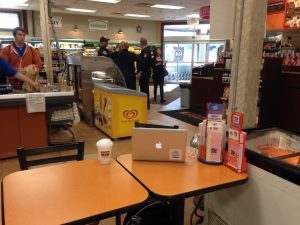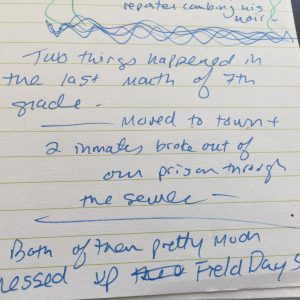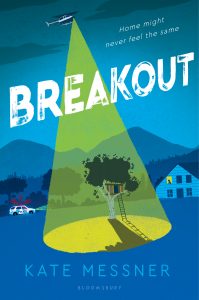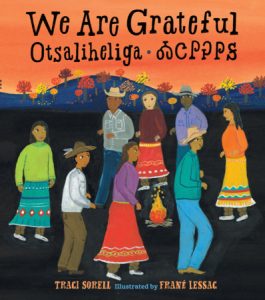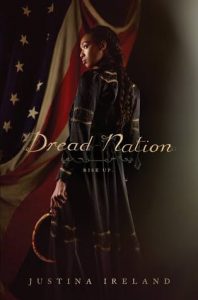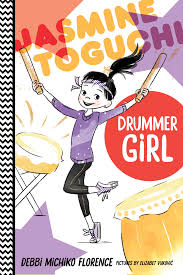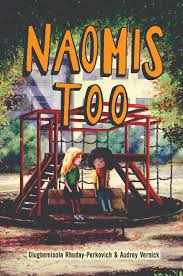Countdown to Breakout is a 23-day blog series about the three-year writing process for BREAKOUT, which earned starred reviews from both School Library Journal and Publishers Weekly. It’s about a small-town prison break and manhunt that change the way three kids see their neighbors and the place they call home. Why a 23-day series? Because this book was inspired by the 2015 Clinton Correctional Facility prison break that led to a 23-day manhunt in June of 2015.
Operation Michigan
As I rewrote BREAKOUT from a narrative with one character’s point of view into a novel-in-documents, one of the scenes I knew I wanted to include was “Operation Michigan.”
If you live in Northern NY, you already know what a Michigan is and you can skip to the paragraph with the **.
Everybody else… Where I live, Michigan is not just a state; it’s a regional food specialty that looks like a chili dog, but people here will quickly correct you if you call it that. It’s a hot dog with a specially simmered meat sauce, the original and best recipe for which is a claim staked by at least six different local families I know. You can have Michigans “with” or “without” and that refers to onions. If you ask for the onions buried, they’ll put them on before the sauce. There are rules for Michigans. Here’s what they look like.

I swiped this photo from the Clare & Carl’s Facebook page. Clare & Carl’s is a Michigan stand that looks like it’s about to crumble into the earth but keeps hanging in there, and it’s where you should get your Michigan if you ever visit here when it’s warm enough out for them to be open.

Now…about Operation Michigan.
** When the real-life manhunt was going on, one of my friends and her daughter were living relatively close to the prison, at the epicenter of the manhunt. As a result, they found themselves trapped inside occasionally when police searchers told them the search was too close to their home for the yard to be safe.
So they made Michigans. They set up an assembly line where one person put the hot dog in the bun, one ladled on the sauce, and one wrapped it up in waxed paper and put it in the box. (There was no onion option for these because that’s just too many onions to chop.) Then they got in the car and delivered Michigans all up and down the road to the officers who were stationed in their area. Some of them were from out of town and didn’t even know what a Michigan was, but everyone was grateful.
I used their story as the inspiration for a scene in BREAKOUT where Nora’s family launches a similar effort at a time when Elidee is over at their house. Nora’s and Elidee’s perspectives aren’t the same, but they both help out. Nora’s excited to deliver food to the searchers, many of whom she knows as relatives and neighbors. Elidee is just glad to be part of a community effort in this new place where she’s had a hard time settling in; the Michigans remind her of a lemonade stand she and her brother set up with their cousins a long time ago in their neighborhood in the Bronx. Nora’s and Elidee’s letters about “Operation Michigan” are among the documents that tell the story. And of course, there’s a Michigan sauce recipe included, too. (courtesy of my friend Sara Kelly Johns)

Tomorrow, I’ll share the story of how social media posts from the real life prison break served as an inspiration for Nora’s little brother, Owen, and we’ll talk about the role of humor in tense stories. Here’s your prompt for today:
Your Assignment: Think of a food that’s really unique to the place you live or your family. How would you describe that dish to someone who’s never heard of it before?
Thanks for joining me on this part of the Breakout writing-process journey! If you’d like to read the other posts in this series once they’re all posted, you can find them here.

Buy BREAKOUT now:
- IndieBound (find a local bookseller near you!)
- The Bookstore Plus, Lake Placid, NY
- Powells
- Barnes and Noble
- Amazon


